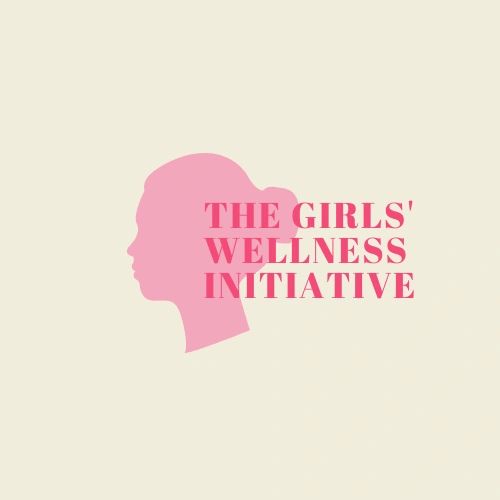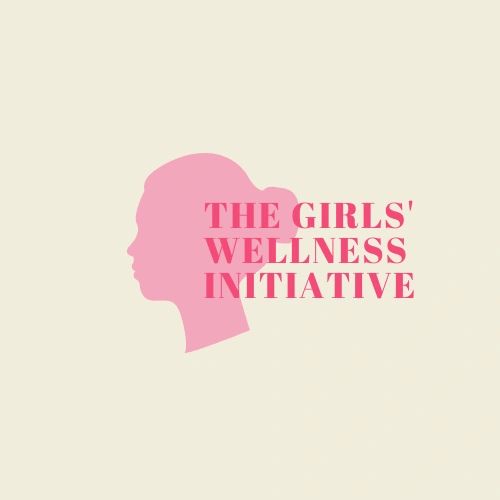Introduction
Embarking on a weight loss journey can be both exciting and challenging. However, with the right diet tips, you can achieve your goals and transform your body. In this article, we’ll explore essential diet tips for weight loss that will help you on your journey to a healthier you.
Understand Your Goals
Before diving into any diet plan, it’s crucial to understand your weight loss goals. Take some time to reflect on why you want to lose weight and what you hope to achieve. Whether it’s improving your health, boosting your confidence, or fitting into your favorite clothes, having clear goals will keep you motivated and focused throughout your journey.
Focus on Whole Foods
When it comes to weight loss, focusing on whole, unprocessed foods is key. Incorporate plenty of fruits, vegetables, lean proteins, and whole grains into your diet. These foods are nutrient-dense, filling, and provide essential vitamins and minerals that support overall health and weight loss.
Mindful Eating
Practicing mindful eating can help you become more aware of your hunger and fullness cues, prevent overeating, and promote healthier food choices. Take your time to savor each bite, chew your food thoroughly, and pay attention to how different foods make you feel. Avoid distractions while eating, such as watching TV or scrolling on your phone, and listen to your body’s signals.
Portion Control
Even healthy foods can contribute to weight gain if consumed in large quantities. Pay attention to portion sizes and practice portion control to prevent overeating. Using smaller plates and bowls, measuring serving sizes, and being mindful of portion sizes when dining out can help you manage your portions and achieve your weight loss goals.
Stay Hydrated
Drinking plenty of water is essential for weight loss and overall health. Water helps keep you hydrated, aids in digestion, and can help curb cravings and prevent overeating. Aim to drink at least eight glasses of water a day, and consider drinking a glass of water before meals to help you feel fuller and eat less.
Limit Processed Foods and Sugary Drinks
Processed foods and sugary drinks are often high in calories, sugar, and unhealthy fats, making them detrimental to weight loss efforts. Limit your intake of processed foods, such as fast food, packaged snacks, and sugary desserts, and opt for whole, nutrient-dense foods instead. Replace sugary drinks like soda and fruit juice with water, herbal tea, or sparkling water.
Plan and Prepare Meals
Meal planning and preparation can help you stay on track with your weight loss goals by ensuring you have healthy, nutritious meals and snacks readily available. Take some time each week to plan your meals, make a grocery list, and prep ingredients in advance. Having healthy options on hand makes it easier to resist temptation and make healthier choices throughout the week.
Be Patient and Persistent
Achieving your weight loss goals takes time, patience, and persistence. Remember that progress may be slow at times, but every small step forward counts. Stay committed to your healthy eating plan, be patient with yourself, and celebrate your successes along the way. With dedication and perseverance, you can achieve your weight loss goals and improve your overall health and well-being.
Conclusion
By incorporating these essential diet tips into your weight loss journey, you can achieve your goals and transform your body. Remember to understand your goals, focus on whole foods, practice mindful eating, control portions, stay hydrated, limit processed foods and sugary drinks, plan and prepare meals, and be patient and persistent. With consistency and determination, you can reach your weight loss goals and live a healthier, happier life. Read more about weight loss diet tips








